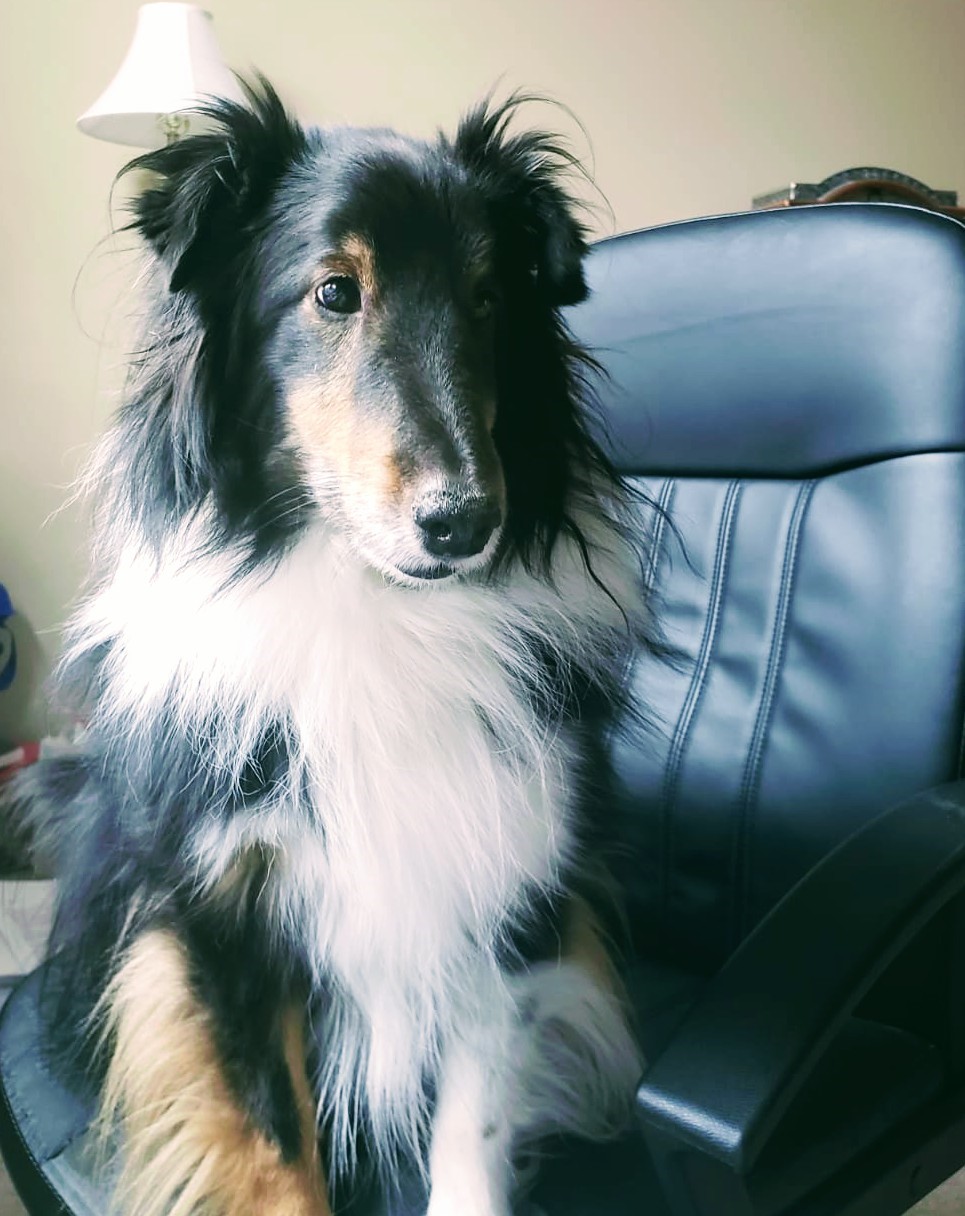Many genetic counselors were thrown abruptly into a remote, telehealth model of service delivery in 2020 as we experienced lockdowns across the United States. Facing this new world, we lacked the experience of some genetic counselors who work in industry who have been providing remote genetic counseling for years with company protocols and guidance in place.
A year later, we are still providing remote services via telehealth, with continued challenges, some related to our home settings. These difficulties border on the personal as we decide whether it is professional to have our pets, fondly thought of as office assistants, in our background during the session. If the dog is not on camera but behind our green screen, what do we say when he unexpectedly starts barking during a session? How do we attend to emergencies that may occur, such as when a child now home with us has an urgent need? Should we remove art or messaging pillows that are displayed in our backgrounds? The questions are endless. Some may argue that these distractions are unprofessional and should be avoided -- whereas others think that they add a much-needed element of humanity to our sessions -- barks, screams and all. In addition to paying attention to what is on our side of the call, genetic counselors are also struggling with the setting on the other side, where our client resides or works.
Individual Sessions Turning into a Family Affair
One large question on both sides is what to do with partners and other family members who may show up during the sessions – even if only as an elbow or passer-by. Last week, our team at Indiana University had a spirited debate about what to do with “lurkers.” One of our genetic counselors described how she had completed almost half the session and discovered a spouse was nearby listening in, commenting in the background. She expressed how it felt a little “unnerving,” and was worried if she had covered any sensitive information. One idea our team discussed was that perhaps it was important and should become part of our opening at the beginning of the video call to ask the client to identify everyone present regardless of who was on screen. However, we also recognized the other side of the argument. One member of our shared team felt she would only engage with her client that was scheduled to meet with her. “Isn’t it their session, their appointment? I don’t feel like we should pull in these other potential distractions,” she countered.
This brings us to the crux of the problem. In an in-person setting, whether it be at the clinic or our practice, we have a circumscribed and defined physical space where all attendees are identified clearly. When spouses and relatives are present at an in-person appointment, if not engaged, they can be directed to the lobby; if present in the room, they are identifiable and can be attended to simply by eye contact and focus. We lose this perspective, control, and our normal verbal and non-verbal tools in the virtual genetic counseling session. We cannot be sure whether an individual who is in background is there for support or simply passing through the session to grab a glass of water.
Finding a Balance of Personal and Professional Connection
Another consideration for navigating video calls is that those to whom we are speaking may have been in a long isolation due to the pandemic. Several, especially the elderly, seem to be craving interaction and conversation. Thus, what would normally pass as a brief acknowledgment and commentary on the barking dog easily turns into a much longer conversation about our dogs, their names and canine habits, extending our session duration significantly and pulling in more personal elements.
Ultimately, after a bit more back and forth, our team decided that both approaches are needed in these situations: to maintain focus on our clients but balance that with a family-friendly approach, taking our cue from the client as to whom they would like involved in the session. We concluded that it could be useful to spend more time with introductions at the beginning of a video call, beyond checking in on technical difficulties, seeking permissions, and making no assumptions about persons “attending.” In addition, attention to contracting, such as the purpose and content of the session, would be beneficial. This will help avoid unwanted surprises in the virtual home sessions and better guide counseling intake and discussions.
There may not be easy answers to some of these questions that relate to the logistics of doing remote sessions that bring both genetic counselors and clients into a more intimate setting – namely our homes and how to deal with the increased psychosocial connectivity it can bring. Situations will arise that make us feel uncomfortable but remembering we can exert control of the session as we would in person, with some adjustments, can help ease that discomfort. It is a balance between presenting a professional space, acknowledging outside players with a focus reserved for the client, and all the while, being flexible and maintaining a human and personal touch that can make allowances for pets and other distractions. One could suggest that this potential increased connectivity allows for greater connections on other levels related to our genetic counseling that can create deeper conversations, boost rapport, and increase our understanding of the other person’s world, literally!

Lola Cook, MS, CGC is a licensed research genetic counselor at the Indiana University School of Medicine providing genetic counseling to research participants who have Parkinson’s disease, and their relatives. She has presented as part of the NSGC 2020 Webinar Series, discussing the remote genetic counselor setting, and is co-author of the 2021 ACMG abstract “Clinical Genetic Counselor Experience in the New/Expanded Adoption of Telehealth in the US and Canada during the COVID-19 Pandemic”